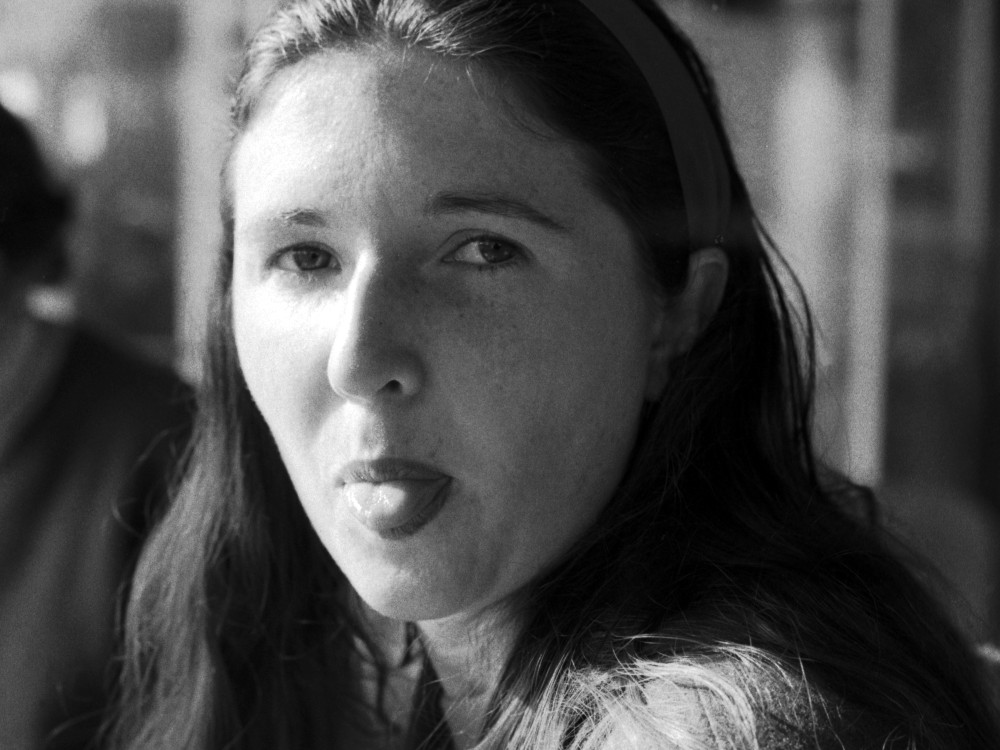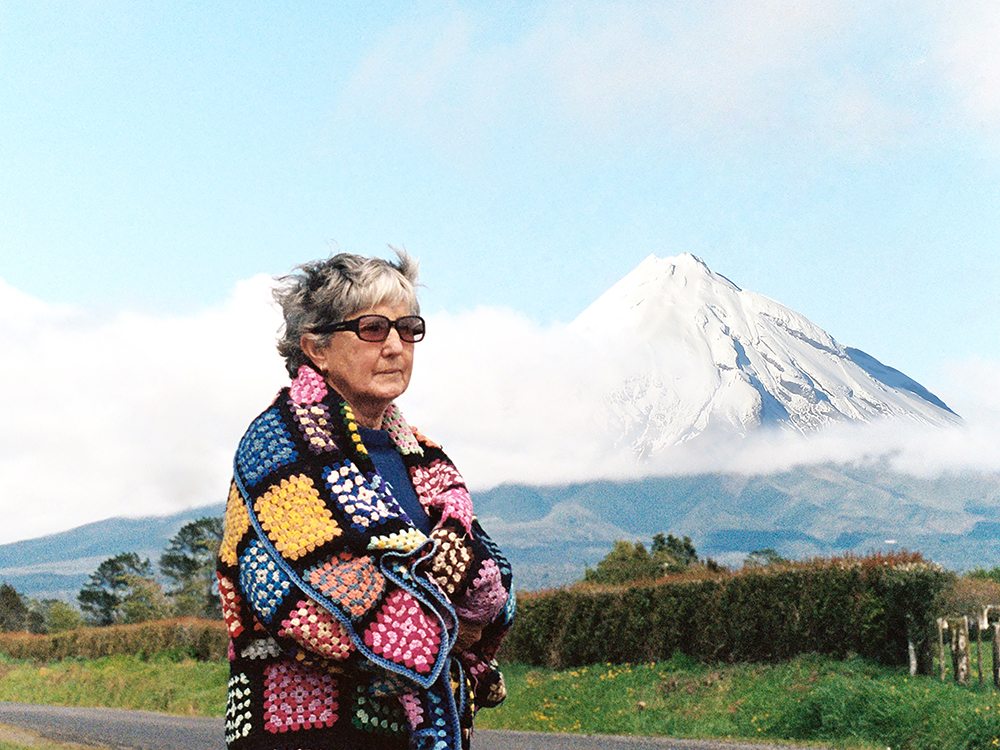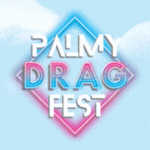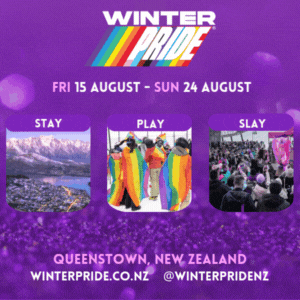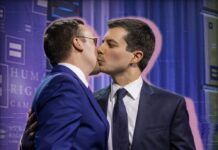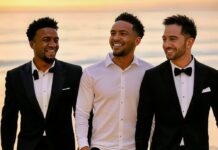In the 1970’s, photographer Fiona Clark’s pictures of K Road’s queer community shocked mainstream NZ. Together with her famous pictures of the bodybuilding scene, her work is now rightly treasured as timepieces from a bygone era. She discusses starring in Director Lula Cucchiara’s documentary, Fiona Clarke: Unafraid – which examines her life’s work, tenacity and determination.
What do you think of the documentary now you have seen it?
I haven’t actually seen the final presentation, so it will be a premiere for me too. It’s Lula’s film, I have seen a final cut – but there has been some more work done on it. I have trusted Lula.
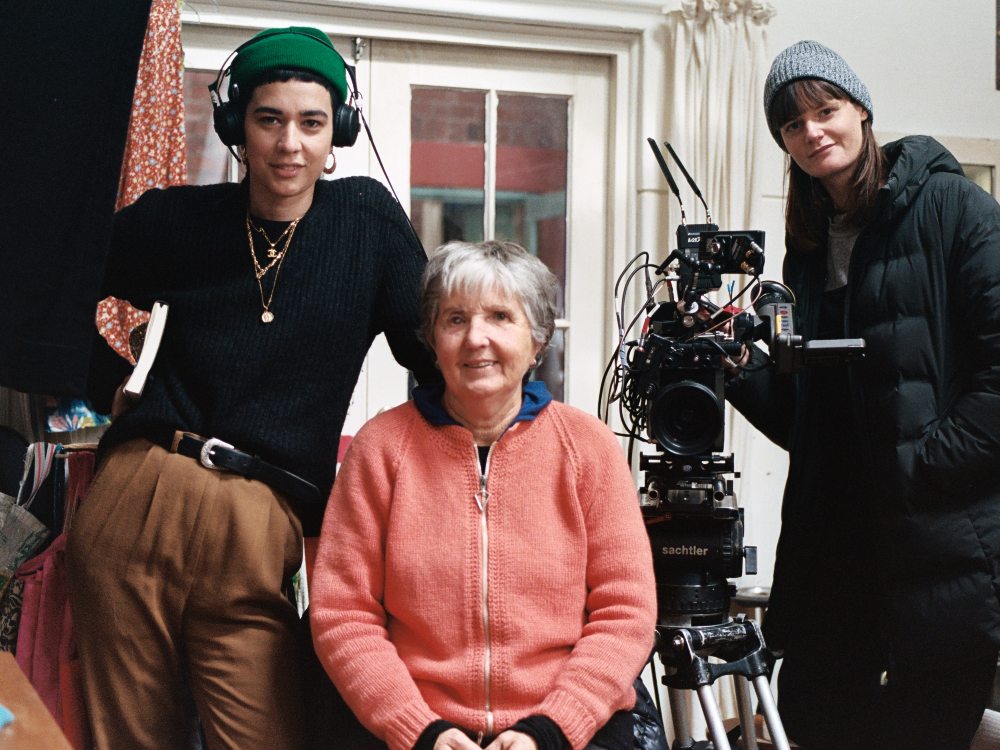
What have been the highlights of your time photographing the Auckland gay scene?
Making friends for life and learning some lifelong strategies to survive.
In the time you have been involved with the community what changes have you seen and why do you think these changes have occurred?
Law reform. The changes have come from activism and the integrity of those who stood up to bigotry and discrimination. And there is more work to be done, to make more changes.
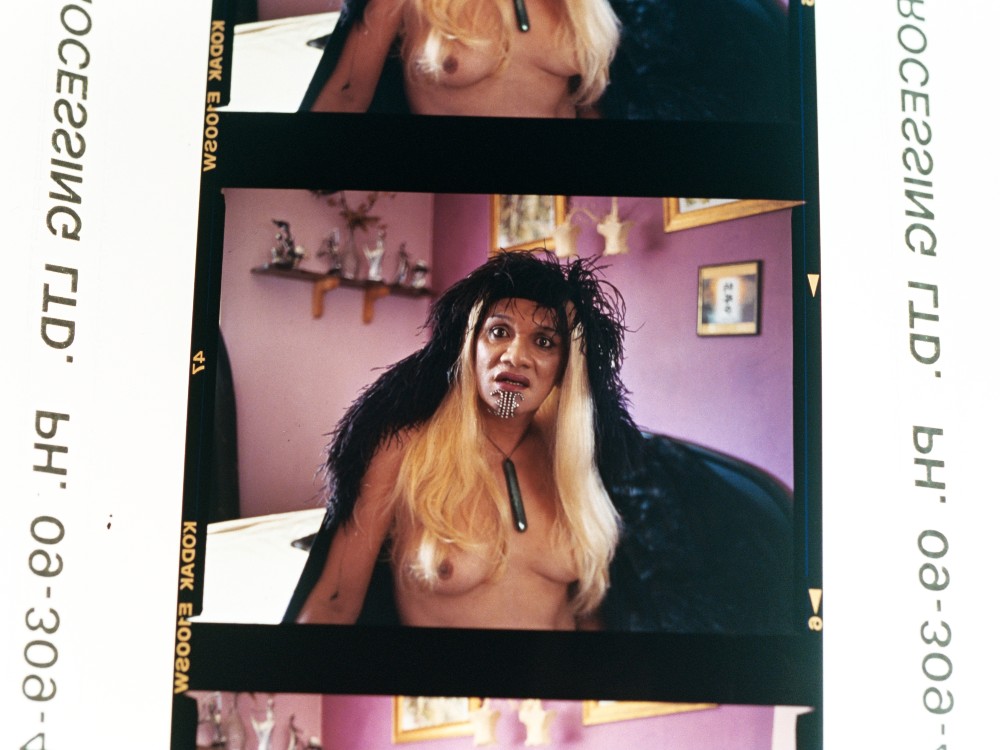
After enjoying such a colourful urban life photographing K Road – what inspired you to move out and how are you enjoying rural life?
I left Auckland after the outrage, fury and vitriol of my photographic works in the Active Eye show in 1975. It was a retreat from the city. I knew my career as an artist needed to involve living independently from the much-closed thinking of the commercial world. Living a rural life is now my survival.
The documentary highlights your concerns about the environmental impact of farming on NZ. What do you believe needs to happen for this to improve?
There is a direct link between making nitrogen fertilisers from the extraction of gas to the pollution of our freshwater supplies. We need to stop making nitrogen fertilisers, have fewer cows, fewer animals and less intensification of agricultural practices.
Just as notable as your K Road nightlife shots are your bodybuilding competition pictures. How did you get into photographing the sport?
After a serious motor vehicle accident in 1977, I found my way to photograph in gyms and a sort of fitness regime in reclaiming the body and my own health. It related back to my practice in my first years at Art school about performance and persona, 1972 – 73.
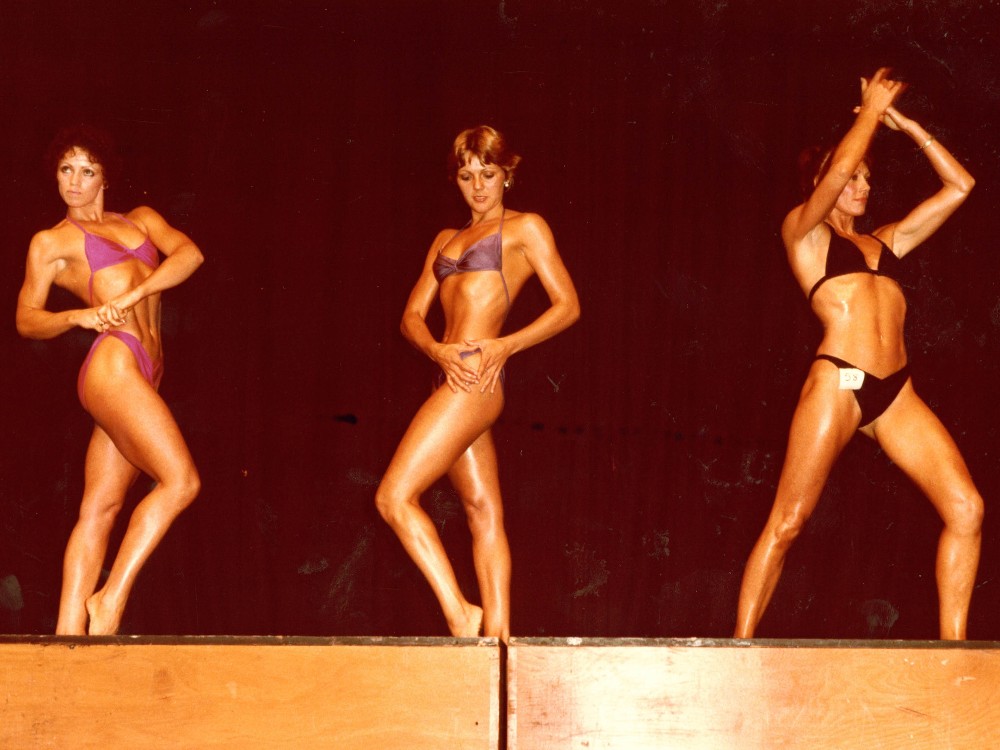
Did you meet many queer people on the bodybuilding scene? And did there end up being any crossover between the subjects of your bodybuilding and nightlife shots?
Yes, I met many queer people in the Bodybuilding world. But the cross overcame from my early performance work. I have had two partners involved in very physical sports. One from the Bodybuilding world and one a powerlifter, both competing at past Gay Games.
What are your hopes for the future of NZ’s queer community?
That our history is written with tolerance and those assumptions about who we are and how we have been written about and portrayed is redressed.
Portraying us as sad creatures, unfortunate, irrational, mad or bad – still give excuses to those who cannot bring themselves to say and accept the notion of queer culture and community.
My images (of the queer community) don’t say: sad, poor or irrational. Nor unfortunate.
My hope is we keep rising above the assumptions.
Fiona Clark: Unafraid is screening at the New Zealand International Film Festival. Visit nziff.co.nz for more information.
